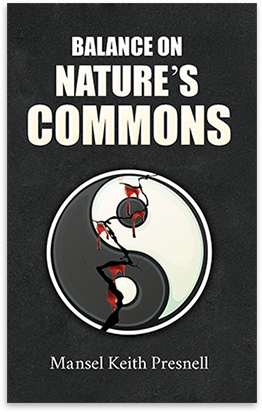
Warm to Green Energy or Warm the Planet
It is no exaggeration to say a Rainbow is the icon for life on Earth. Rainbows reveal the energy spectrum that supports most life on Earth. The longer wavelengths (infra-red) provide a source of thermal energy, the shorter wavelengths (ultra-violet) are a source of photonics or light energy.
Insofar as the immediate welfare of we humans is concerned, the energy that supports us comes from the Sun. Solar energy is available either as direct radiation from the sun or as indirect energy. Indirect energy includes bio-storage, achieved via natural photosynthetic processes, geothermal, wind-power, hydropower, and chemical storage such as nuclear or hydrocarbon deposits. Energy stored chemically, or even that stored as geothermal heat, are finite resources. Transient options such as direct radiation, wind power, hydropower, tidal movements and biomass energy are all, within limits, sustainable energy resources.
The stability of the Earth’s climate hinges on society’s choice of energy supply, not on how much energy is consumed. While the environmental repercussions of using energy are minimal, the environmental repercussions of extracting chemical energy from fossil hydrocarbon storages, are life threatening.
Post Views : 177